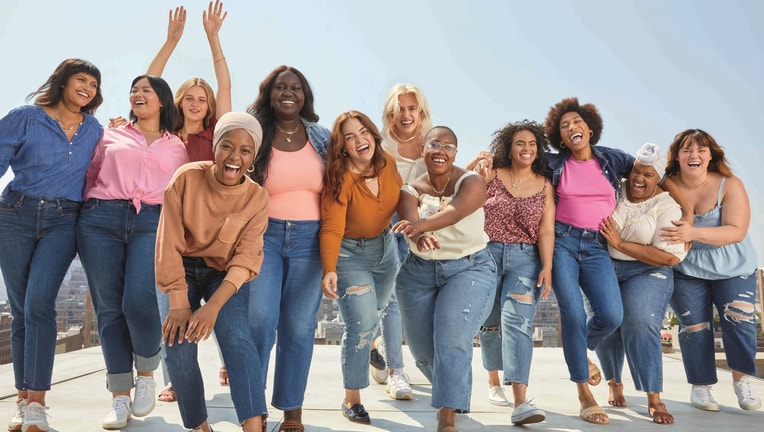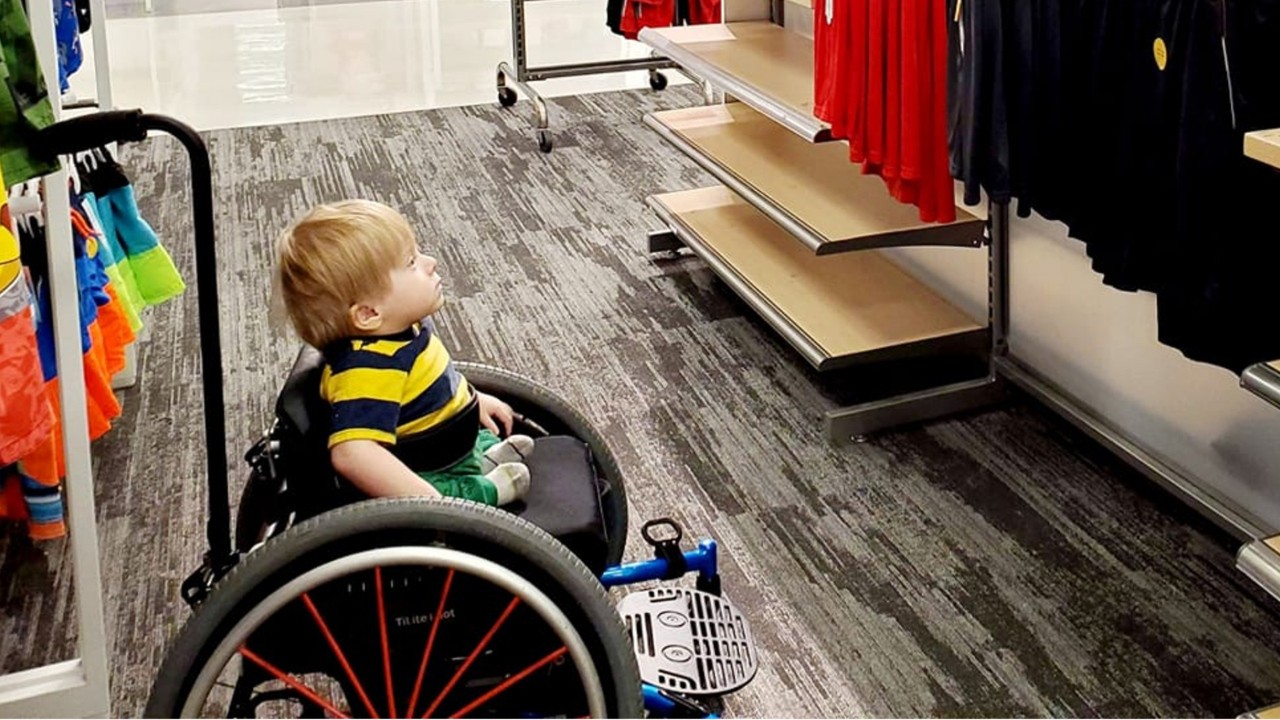Old Navy no longer separating women's plus-size clothing

Old Navy announced the launch of its BODEQUALITY campaign on Aug. 18, 2021. The company has merged its women’s and women’s plus-size clothing and offers sizes 0-30 and XS to 4X with no price difference. (Photo credit: Old Navy)
SAN FRANCISCO - Old Navy is no longer keeping a separate section for women’s plus-size clothing in its stores. Instead, the retailer is offering all of its women’s sizing together — and for the same price — in an effort to "redefine size inclusion."
All 1,200 Old Navy locations now offer all women’s styles in sizes 0 to 28 showcased in the same sections, the company said. Stores are also debuting mannequins in sizes four, 12 and 18.
Online, Old Navy has merged its separate women’s and women’s plus collections into one integrated collection that ranges from sizes 00 to 30. Customers are also able to toggle between models in sizes four, 12 and 18 to see the clothing item on different size bodies.
The Gap Inc.-owned brand said it interviewed "hundreds of women about body image and related fashion concerns," and it hopes to revolutionize the shopping experience with its new changes — dubbed the "BODEQUALITY" campaign.
"We saw an opportunity to meaningfully change the women’s shopping experience by making it more inclusive regardless of size," Old Navy President and CEO Nancy Green said in a statement. "BODEQUALITY is not a one-time campaign, but a full transformation of our business in service to our customers based on years of working closely with them to research their needs."
Old Navy said it also updated its fit process and size standards after conducting 389 body scans of real women’s bodies to create digital avatars and running fit clinics with various sized models to better understand needs in clothing.
"We set out to understand what women of all sizes wanted from fashion and the shopping experience and were inspired to revolutionize every area of our business - from how we fit and design our products, to how we communicate to customers in stores and online - to ensure that all women feel welcome and represented," said Alison Partridge Stickney, head of women’s and maternity merchandising at Old Navy.
The move comes as the plus-size apparel category has experienced growth amid a cultural push for more inclusivity in fashion.
The International Journal of Fashion Design, Technology and Education published a study in 2016 that the average American woman wears a size 16 to 18.
Sales of plus-size women’s and men’s clothing hit $27 billion in 2019, up from $19.9 billion in 2012, according to GlobalData. Women’s plus-sizes accounts for 19% of total women’s clothing in the U.S. for the 12 months ending May, according to NPD’s Consumer Tracking Service. That’s up one percentage point from the same time last year.
Target, Nordstrom and others retailers have also added more plus-size offerings in recent years, and many are integrating them next to standard sizes. They’re also adding fuller-size mannequins on the selling floor and showing more plus-size models in their marketing.
Still, the common practice for department stores and other retailers is to have separate areas for plus sizes, but they also devote separate sections for petite sizes, says Neil Saunders, managing director of research firm GlobalData Retail. Walmart, for instance, has a separate plus-size shop on its apparel floors.
Over the years, retailers have expanded their offerings to cater to plus-size women. But analysts believe the stores never made this customer base feel part of the shopping experience, often leaving them out of marketing materials.
Analysts believe this time around, the push will be long-term as they’re under pressure from shoppers to be more inclusive. Clothing retailers are increasingly struggling to attract customers and are looking for new opportunities to pump up sales.
"We have entered at a time when inclusion finally expands beyond race, nationality and income level," said Marshal Cohen, chief industry advisor at NPD Group. "It includes sizes. We have finally gotten there."
"For too long, too many women have not been included in the retail industry. That means if you were a size 16 or 18, which is the average size of a woman in America, you had very limited choice," Stickney said. "We knew there was opportunity to do more."
RELATED: Victoria's Secret says farewell to Angels in attempt to redefine 'sexy'
This story was reported from Cincinnati. The Associated Press contributed.


